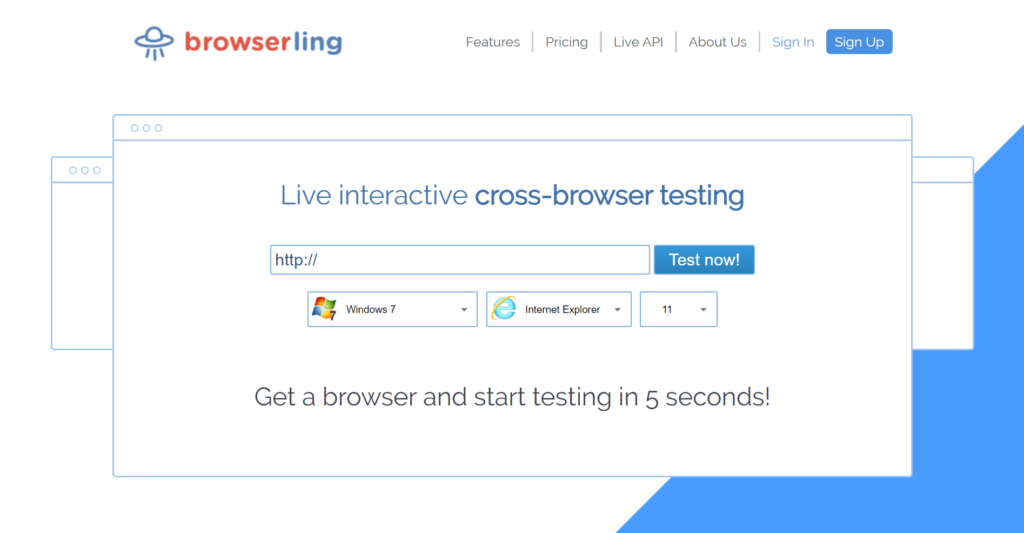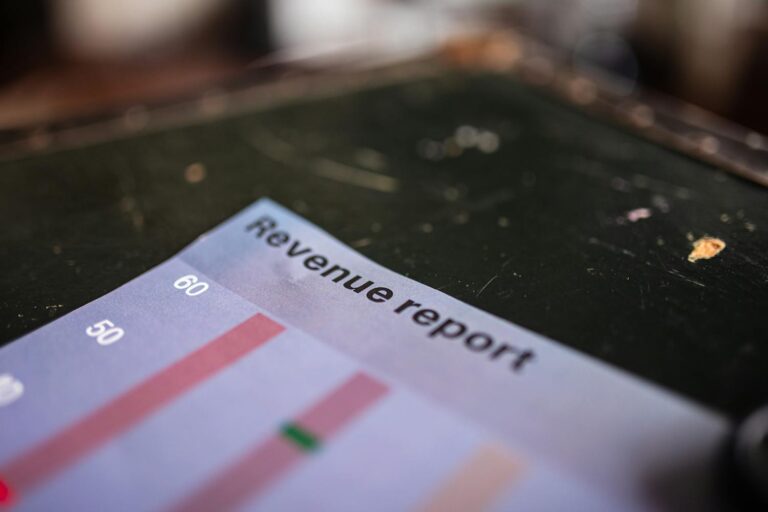
When your website was new, it was fast, clean, and effective. The navigation was simple and conversions were good.
But if it’s been a few years, you may find that your once-slick online presence is starting to look (and perform) a bit lackluster.
A “refresh” doesn’t necessarily mean you need to toss out the whole website and start over. It could simply be time to update some old content and fix broken links. Or you may need to change some of the visual elements to make your site look more modern. But you won’t know what kind of shape your site is in if you don’t give it an honest audit.
Go through this checklist to determine what’s working and what’s not. Then you can decide what needs to be updated and upgraded.
1. Test your navigation
As companies grow over time, their websites often grow too. New pages are added to share more features and services, samples of your work, and additional business locations.
But when pages are added one at a time, your sitemap can become cluttered and hard to follow. And since you probably know your website like the back of your hand, you may not be able to see it.
So enlist someone who is unfamiliar with your site to help you. Ask them to find a few specific pieces of content, like an online scavenger hunt. You could ask them to find:
- A specific blog post
- Some contact info
- Pricing
- FAQs
- Any other pages that you think are important to your potential customers
If your helper can’t find these bits of information easily (in three clicks or fewer), it may be time to re-think your navigation.
2. Explore your site on different browsers
Most people are devotees of one specific browser. While Google Chrome has 70% of the browser market, 30% of people use something else. Do you know how your site looks on Bing, Safari, Firefox, or Internet Explorer?

Use an online tool like Browserling to make sure your site is performing the way it should on all the popular browsers.
Web browsers are releasing updates all the time, which can cause issues displaying older websites. So this is something you should check regularly. A plugin may be able to fix any problems, or you may need a new site that can keep up.
3. Assess your site speed
When your website was hot off the presses, it probably went lightning fast. But over time, you may notice that your site has grown a bit sluggish.
Why is this an issue? Because an increased load time from 1 second to 5 seconds increases the probability of user bounce by 90%. Yikes.
To get a clear picture of your site’s speed, do a site speed audit. There are plenty of tools you can use to check your site speed, and a good place to start is Google’s PageSpeed Insight. Not only will it show you how your site speed measures up, but it will also provide suggestions for how to improve it.
Large images, videos, and heavy plugins can all slow your site down. You may find that a few simple tweaks will get your page’s speed back in order.
4. Does it look dated?

This is something that’s hard to asses. There’s no handy online tool or service where you can type in your URL and find out if it’s aesthetically pleasing. In the end, you just have to be brutally honest with yourself.
Compare your site to some of your competitors. Does yours look like it belongs on Netscape circa 2001? If you find that you’re too close to it to have an objective opinion, ask for advice from people you trust.
Remember that in general, less visual noise creates a cleaner, more modern site. Think fewer fonts and competing visual elements, and more white space.
5. Check for broken links
You may think that your website links are in great shape, especially if you set them up yourself. But remember that a broken link probably didn’t start out that way.
If you’ve moved any content on your website, it’s very easy to end up with a broken link. And you have no control over what third parties may do with their own sites. If you often link to outside resources, you can almost guarantee that you’ll have broken links now and then.
Broken links redirect to a “404 File Not Found” page. This creates a frustrating user experience — and it hurts your SEO. To combat the problem, do regular audits of your website links. You can do this through a site like Dead Link Checker or through Google Analytics. And speaking of Google Analytics…
6. Review your analytics

If you’re not already very intimate with Google’s analytic tools, now is the time to get acquainted. You should check your website’s bounce rate, session rate, what pages people are visiting most, and which pages have the highest conversions.
A good conversion rate is about 5.3%, but top performers can see conversion rates as high as 11.45%! How is your website stacking up? If you find that your site is underperforming, then it’s definitely time to make some changes.
There are a ton of different variables that could result in improved conversions, but some improvements to try:
- Update your sales copy
- Try a new offer
- Refresh your call to action
How did you do?
Once you’ve gone through all of these steps, it’s time to determine what to do next.
If your site’s only problem is a few broken links, fantastic!
But if you found that your website needs major work in every category, it may be time to invest in a redesign. Remember that your website often provides your business’ first impression. If it’s not up to snuff, you could be leaving a lot of money on the table. So dedicate some time to updating your website, so you can start 2020 with your best foot forward.





